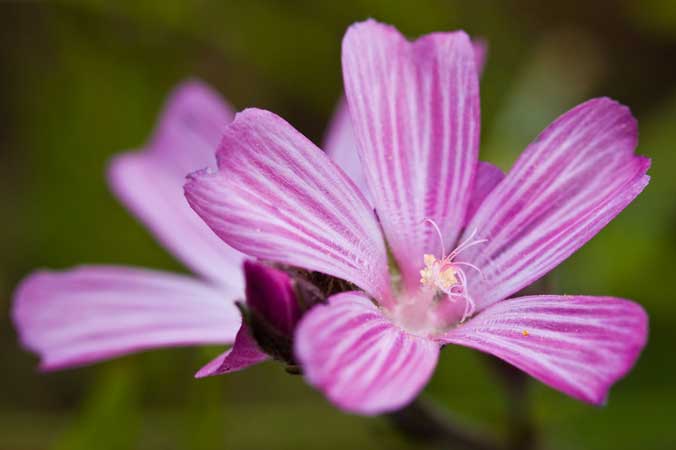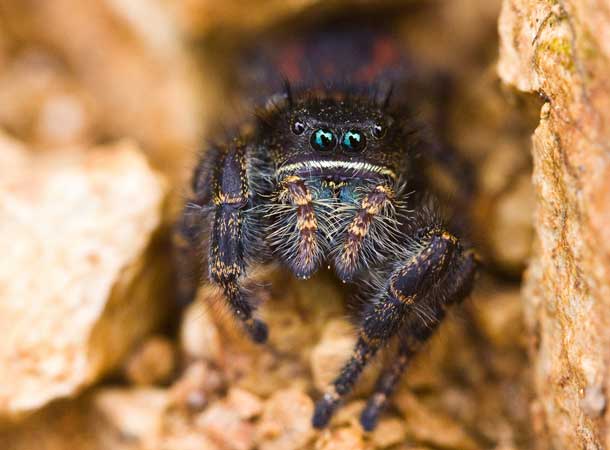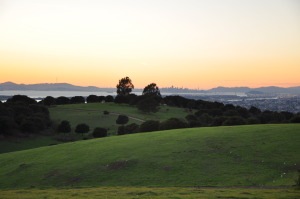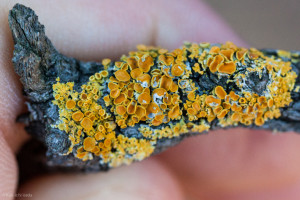When Jim Hanson looks at Knowland Park, he sees some of the Oakland that came before downtown, before the port, before freeways, before houses climbing the hills.
“This is the natural soul of Oakland,” says Hanson, a landscape architect and member of the board of the California Native Grasslands Association (CNGA).
For most people, Knowland Park is terra incognita, even thought it’s the largest city-owned park in a city of nearly half a million people. But, tucked in the hills east of Interstate 580, its only claim to fame for most folks is that it’s home to the Oakland Zoo.
And that’s why I’m out here with Hanson and Laura Baker and Mack Casterman of the East Bay chapter of the California Native Plant Society (CNPS), along with Ken-ichi Ueda, naturalist and creator of iNaturalist.org.
- Native plant experts Jim Hanson (left) and Laura Baker (right) in the grasslands at Knowland Park. Photo by Dan Rademacher.
CNPS and CNGA are among the groups opposed to the Oakland Zoo’s plans for expansion (which we previously reported on). The zoo plans to build a major new exhibit focusing on native California wildlife, including locally extinct species like grizzlies and jaguars. The zoo also plans to restore vegetation on some of the 56 acres it hopes to annex.
But in a case of dueling visions of environmental education and stewardship, these folks are concerned those plans might threaten native habitats already here. Today, though, we’re here not to debate the particulars of the zoo’s plans, but just to explore and, if we can, get to know Knowland just a bit, on its own terms.

- Native checkerbloom. Photo by Ken-ichi Ueda.
As we walk in from a residential street on the park’s southeast side, this looks like pretty much any other bit of open space in the hills: wild radish, a thicket of invasive grasses, and a few eucalyptus off in the distance.
But as we move away from the goat-grazed areas at the park’s edge, we see more and more native grasses, wildflowers, shrubs, denser stands of oaks.
The grasslands here are of special interest to Baker and Hanson.

- A tiny jumping spider at Knowland Park. Photo by Ken-chi Ueda.
If there’s one story to know about grasslands in California, it’s that almost nothing we see on an average bucolic hillside would have grown here 250 years ago. That’s only partly true at Knowland. Some stands here are 40 percent native, which is about as good as it gets anymore.
We cut off the trail through a meadow of native purple needlegrass that gives way to California oatgrass, a shift Hanson says betrays subtle changes in soil moisture. “The oatgrass likes it a little wetter,” says Hanson. “They say it was like dessert to native grazers.”

- Dense-flowered owl’s clover is a wildflower that’s “hemiparasitic” — it gets some of its nutrients from the roots of other plants. Photo by Ken-ichi Ueda.
Those native grazers–tule elk and pronghorns–are long gone. But for Hanson, this place is still special: “There’s a quiet to it and a richness and a sacredness. There’s nothing else like it on the west side of the hills. I came out here yesterday and I thought, I don’t need to go to Mount Tamalpais or Point Reyes or Redwood National Park.”
We head down through a field of bright, blooming blue-eyed grass into the shade of a thick oak woodland. As we come out into a small clearing, we spook two fawns, who go barreling down the hill.
Baker is especially keen to show off some “ecotone” habitat, where one vegetation type borders on another and the intersection creates a new set of niches. In this case, it’s a thicket of coyote brush next to a small clearing. The ground around the plants is bare because brush rabbits run out from under the bushes and eat what they can before darting back under, fearful of hawks and other predators. And in this bare dirt, a few small native plants make their stand, especially well adapted to these bare, rabbit-eaten edges.
“This is one of the few places on the west side of the East Bay hills where you can wander through native perennial grasslands that grade into oak woodlands that grade into chaparral,” says Baker.
But appreciating that gradation through habitats, and the diversity at the edges, takes an awful lot of noticing. “It’s subtle,” admits Baker. “It’s not a wolf.”
CNPS and other opponents of the zoo expansion plan to appeal the Oakland Planning Commission’s recent 3-1 approval of the current version of the zoo’s expansion plans (a previous version was approved in 1998).
Learn More
This is a complex and long-running debate. Find out more about the opposition, and the park itself, at knowlandpark.com and on the East Bay CNPS conservation blog. Learn about the Oakland Zoo at oaklandzoo.org.
Nate Seltenrich did a fine piece for the East Bay Express covering a range of objections to the zoo proposal.
For cogent arguments in favor of the zoo’s project, check out this post from AbetterOakland.com.

.jpg)



-300x221.jpg)
-300x225.jpg)